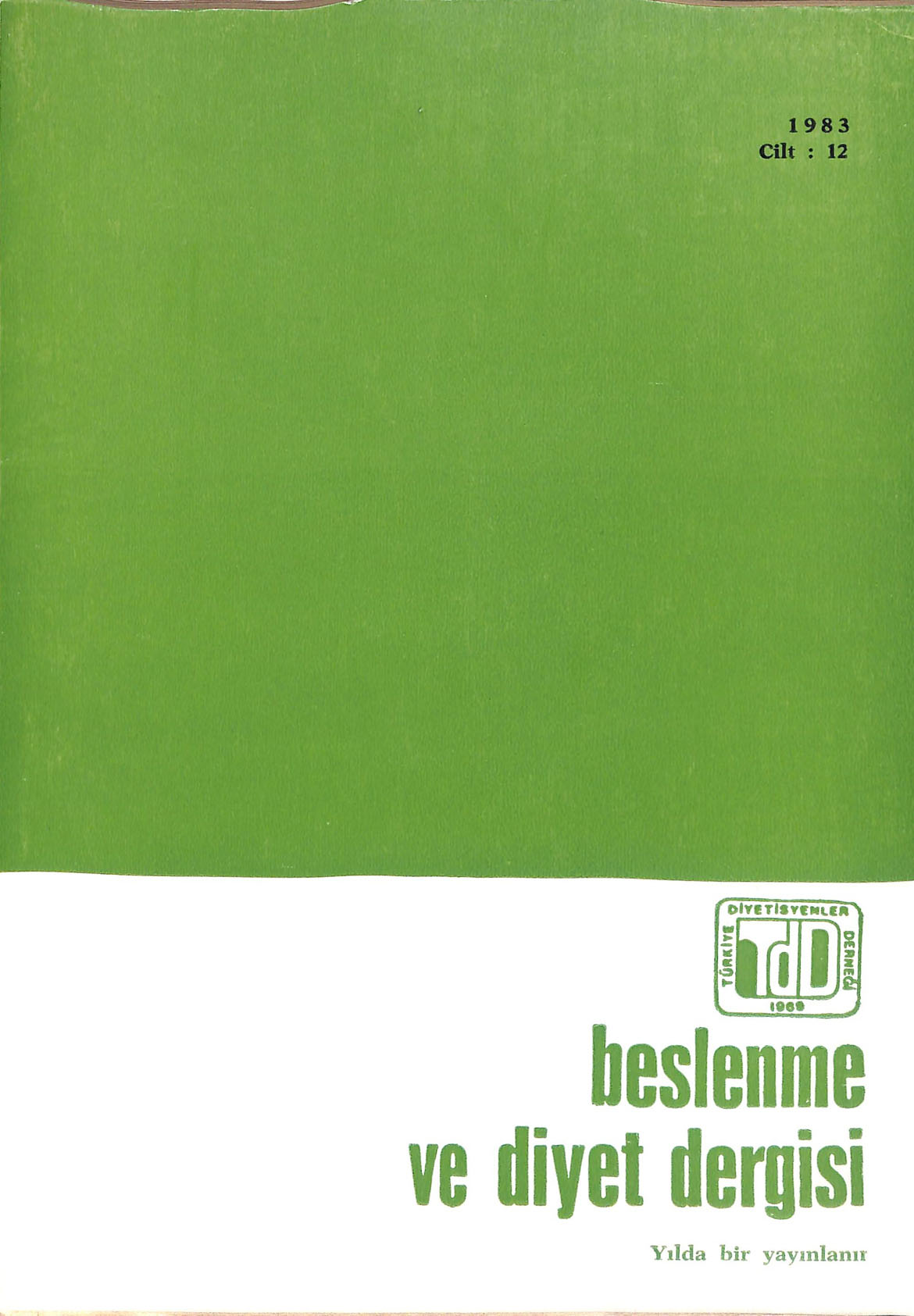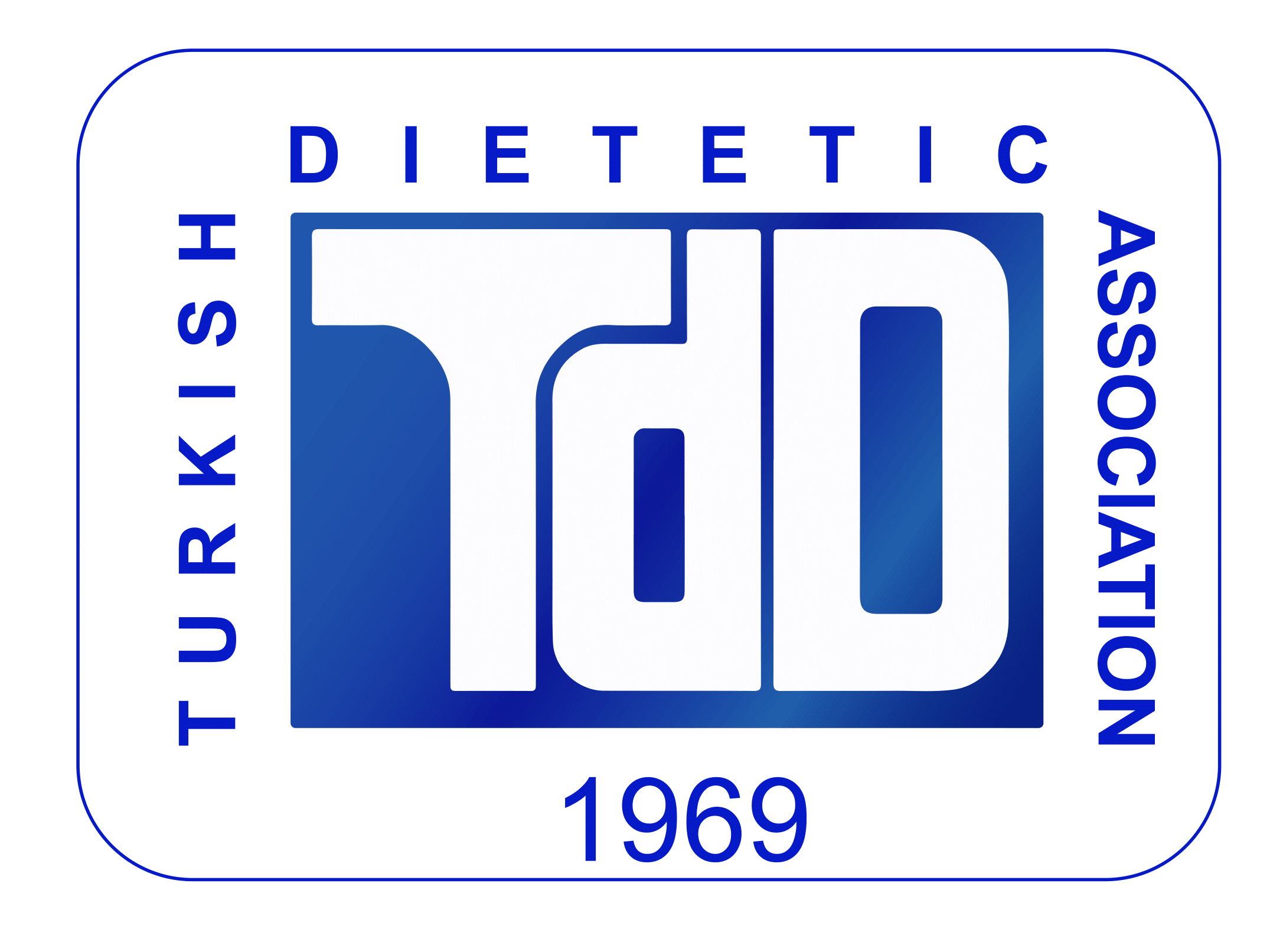The Consumption, Waste and Usage Of Lefrover Bread In Different Socio - Economic and Cultural Status In The Region Of Izmir - Bornova
Keywords:
izmirAbstract
In this study, 400 families were selected from the three separate regions having different socio-economic and cultural levels at Bornova, ÎZMÎR. A survey had been made on these families to determine their bread consumption, bread vvaste and their ways of making use of the left-over bread. The amount of daily bought.consumed and uneaten bread per consumer unit, varied depending upon the socio-economic status of the families surveyed. According to the different income groups, namely low, medium and high in come levels, it was determined that the amount of bread bought was 421 g, 373 g, 374 grams; the amount of bread consumed vvas 393 g, 334 g, 325 grams and the bread not consumed was 28 g, 39 g, 49 grams, respectively. Families made use of the left-over bread in different ways. Those having low income, made full use of the left-over bread by preparing parara, bread dessert and ete. As the income level became higher, the rate of throvving the bread into the garbage can or using it as an animal food plus giving it to the poor inereased accordingly.

